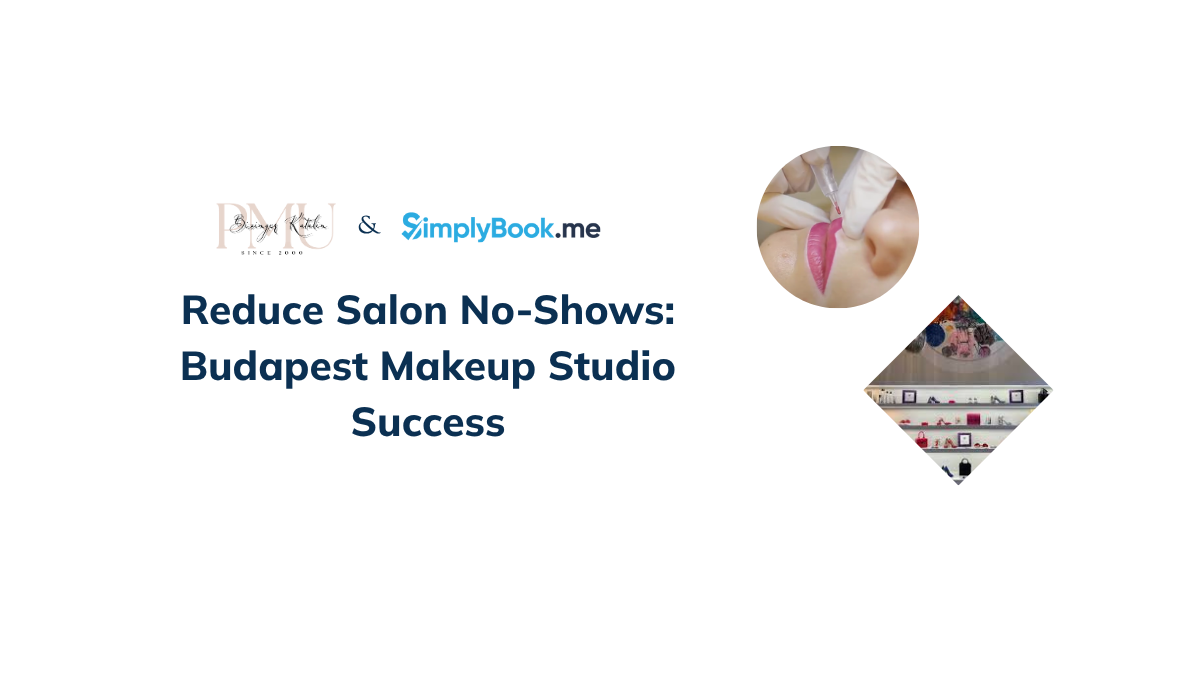COVID-19 Testing & Vaccine Scheduling: Living and Working in a Pandemic

This post is also available in:
![]()
![]()
![]()
Great News! As of January 2021, several COVID-19 vaccination options are available for the pandemic that has swept the world. Furthermore, there are still those in development that could prove even more effective. Now for the bad news. The COVID-19 virus will remain with us for a significant time to come. We will have to live with the threat of COVID-19 for at least the next year. However, with precise attention to regular COVID-19 testing and a strategic approach to vaccine scheduling, we can survive with it and return to an approximation of functional living and working environments. There is a light at the end of the tunnel.
COVID-19 Won’t Disappear Overnight
It is impossible to eradicate and vaccinate against a new virus that is in every country worldwide, instantaneously. With a global population that’s closing quickly on 8 billion, you can’t even make that many vaccine doses in the short time between approval and starting the widespread population vaccination.
Co-existing with COVID-19: Working Solutions Pre-Vaccine
The world’s economies cannot face another year of economic stagnation like 2020. Children and students can’t hope to achieve their educational goals with another year of sub-standard online teaching (the teachers aren’t sub-standard, but the teaching and learning conditions are way below optimal). However, with a solution and an end to the restrictions in sight, private companies, schools, and even public services have found ways to bring people back to the office, and the classroom.
Everyone is tired of lockdown rules; many people don’t want to live and work in their homes ALL THE TIME anymore. Now that Rapid Antigen tests are readily available, regularly scheduled COVID-19 testing can track and contain incidences in the workplace, schools, and community.
Regular testing is becoming mandatory to maintain a functional return to workspaces and schools, along with controlled capacity restrictions. Weekly testing looks to be the most common testing frequency, so how are we doing it?
Community COVID-19 Testing
To better control the viral spread through communities, it’s in the best interest of local authorities to implement robust community COVID-19 testing measures. Some options already in place are:
- Drive through testing has been quite popular. It enables people to make the short trip to a testing area without exposing anyone along the journey and having a test through a car window. It has shown itself to be a great way of managing mass testing and maintaining social distancing. To prevent traffic congestion, people have been required to schedule their test and complete all information about themselves before the appointment. So speeding up the testing process – and not creating a massive traffic jam.
- Pop-up Testing Centres have appeared in many cities. Usually, they appear in parks and car parks, where social distancing is easily enabled. They have enough space to accommodate large numbers without significant risk of cross-infection. Often these pop-up centres operate on a walk-in basis.
Private Testing Businesses
- Airport Testing – Some private medical groups have set up areas within airports. Primarily for domestic flights with Rapid Antigen testing, if airlines refuse to let passengers fly without a negative test. Most international flights require a negative PCR test as a destination country requirement. People cans schedule their tests for 30-60 minutes before their check-in time. Thus ensuring they have test results in time for their flight.
- Private Clinics and Bio testing labs with segregated rooms for testing use a scheduling system for PCR and Rapid Antigen tests. Some of these companies have multiple sites across the country. Clients can select a convenient location and schedule a visit.
- Pharmacies with an isolated room (not a public entrance/exit) are also familiar places for rapid testing (or even PCR testing if they have a relationship with a testing lab).
Scheduled Testing In Schools
The kids can’t afford to lose any more learning time, but neither can they afford to lose any teachers to cross-infection. Internal school testing is a way to ensure that any cases are isolated as soon as possible.
- Schools – Many schools – at least those that are open – have implemented a minimal movement policy. That means students don’t move, but teachers move from group to group, maintaining classroom “bubbles” with minimal interaction between them. They prefer to have different testing times, separating ages and classes, i.e. 5th grade – 10-11 am, 6th grade – 12 pm-1 pm, etc.
- Colleges test their students after holidays or maybe even do it regularly. College campuses commonly have multiple sites, and students regularly travel between them. It makes sense to have testing sites at all campus locations.
Internal Company Testing
When your staff have to find a lab, make an appointment, then travel to have their test, it could take an hour out of the day. Investing in a private company to test the right number of staff weekly or biweekly makes sense.
- Large companies with many employees can’t afford to have half their staff tested externally during the day. It is financially and logistically better for these businesses to have a scheduled onsite testing facility. This ensures the correct proportion of employees get tested regularly. It saves hours of company time if employees only take 10 minutes out of their working day.
Generally, appointments are about 10 minutes each. This allows testers to maximise the number of tests while ensuring enough time for sanitising between people. In some cases, appointments might be 30 minutes in length if paperwork completion or even tracing information is required.
A Robust Vaccine Scheduling System
Effective testing, tracking and containing potential outbreaks is an excellent interim method for reducing infection in the community. However, what we all need is for most of us to be immune or vaccinated. Widespread immunity and vaccination protect everyone.
To ensure we have an orderly, and structured approach to vaccinating the most vulnerable and susceptible members of the population first, you need a comprehensive vaccine scheduling system.
What does a comprehensive vaccine scheduling system need to ensure timely vaccinations, get the right people first and ensure that people have easy access to appointments?
Wherever you are based in the world, the COVID-19 vaccine is a pretty important part of maintaining your population’s health.
In the first round of vaccine scheduling, most countries have strict core requirements for who needs the vaccine first.
Online Booking Tools for Vaccine Scheduling
What tools will enable a vaccine scheduling system to adequately carry the load required to schedule vaccinations for an entire population comprehensively?
- Easy access – Anyone with access to a mobile phone should be able to book an appointment for their vaccination(s)
- Data Protection – Whether everyone has the vaccine or not, it’s still medical data and should be protected.
- Adjustable timeframes to allow people to book appointments to have their jabs without the risk of having to wait around for
- Information collection – If people are going to book an appointment for their vaccine, you need to ensure that the right people are booking in first. Simultaneously, people who might have adverse effects mustn’t be automatically given a vaccine appointment – hyper-allergy sufferers, the immunocompromised etc. You need that information.
- Data validation – Following on from data collection, people might lie to get ahead of the queue. The ability to validate given information against national databases to confirm eligibility is paramount.
- Automatic reminders – When a vaccine schedule requires two appointments less than 13 weeks apart, it’s easy for someone to forget the next one
- Online channels – Attach a widget to a clinic website. Setup a standalone booking website for your drive-through testing site.
- Issue Tickets & Validation Checks – Issue tickets and validate them to maintain accurate records. Ensure people don’t game the system using someone else’s ticket—non-contact ticket validation with a scanning app.
Efficient Workflow –
- Pre-marked lab glass test tubes with barcodes or QR codes synchronised with appointment booking.
- Printed labels for test samples with patient information
- API triggers for synchronisation with medical records and vaccination databases
It might seem like a long list of requirements, but the nature of the COVID-19 vaccine scheduling is very sensitive. Detailed and accurate records are required, along with eligibility checks, health details, and so much more.
The Future: What Comes Next?
Under present conditions, rapid mutation of the SARs-COVID-2 virus that causes COVID-19, and the new variants that are appearing worldwide, there is a suspicion that the vaccinations we have already will not be sufficient for all strains. That continuous mutation (much like the seasonal flu viruses) will require regular top-up vaccinations to maintain immunity.
How do we continue to manage that?
The fact is that we manage it in the same way we have been dealing with Flu vaccinations for the past two decades. One argument against lockdowns and isolation throughout the COVID-19 pandemic has been that only the elderly, immunocompromised, and those with underlying health conditions were at risk of severe and fatal complications from the disease. Those people have always been susceptible to the flu virus and every other respiratory infection if we are honest. That’s why so many people have the flu vaccine every year: the old, the susceptible and those who can afford to avoid it.
A comprehensive and robust vaccine scheduling system will always be the best way to stay on top seasonal vaccination requirements. Sure, the major steps toward medical digitisation have really started to roll in response to COVID-19, but the benefits will work for everything else too.



Comments
1 comments